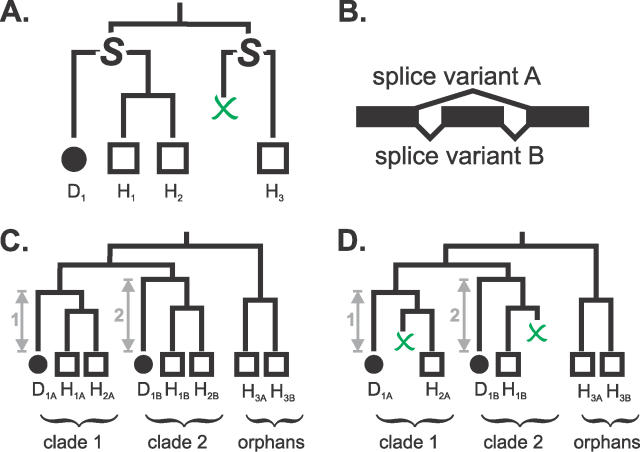Figure 3. Deriving Orthology via Transcript Phylogeny.
(A,B) Phylogenetic relationships for a dog (D1) and three human (H1, H2, and H3) genes. D1 is the orthologue to H1 and H2. H3 has been orphaned by the loss of its dog orthologue. Each gene has two splice variants A and B (B), and their transcripts are subscripted accordingly.
(C) Phylogenetic relationships for all transcripts. Each group or clade of orthologous transcripts recapitulates the gene orthology in (A). The transcripts A and B for the orphaned gene H3 are also themselves orphaned on the transcript tree. The transcripts from clade 1 are selected to represent the three genes (D1, H1, and H2) because phylogenetic distance between orthologues (arrow 1) is smaller than that for clade 2 (arrow 2).
(D) How orthology is predicted when transcripts are missing. D1A and H2A are selected as the representative transcripts for their genes because the dS between these orthologues is smaller than that for D1B and H1B. The transcripts in clade 1 are used to predict orthology between D1 and H2. Though H1 also has transcripts in orthologous relationships with D1, orthology between these two genes is not predicted, leaving H1 as an orphan. No orthology predictions are made for the gene H3, which remains as an orphan.

